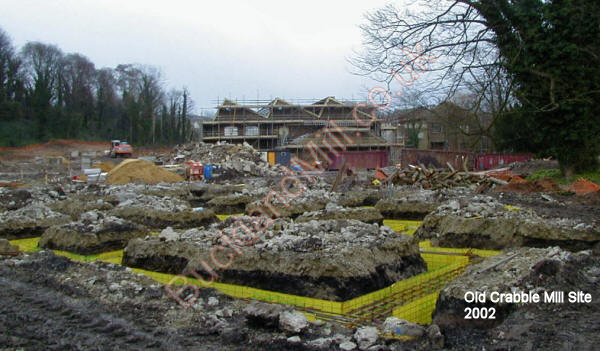Crabble Paper Mill
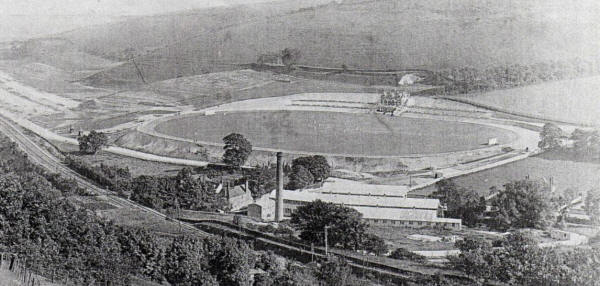
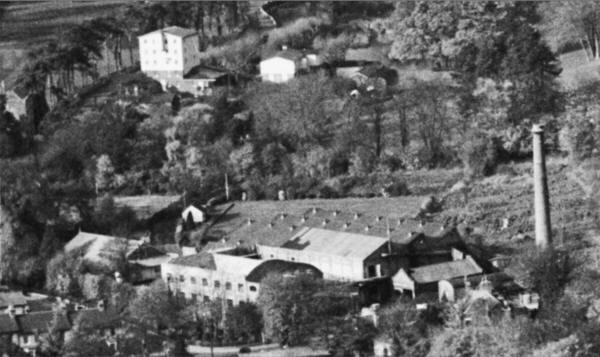
The earliest reference to industry being carried out at Crabble according to C.P. Davies, is in a document dated 16th March 1227 concerning the gift by Henry III to the Abbey of St Radegund, " the site of the mill called Crabhole ". He suggests this refers to a corn mill in Crabble. It Is of interest to note that another variation of Crabble occurs in connection with the sale of the Corn Mill in 1804 when it was named "Crabwell".
1790
- The first documented reference to Crabble paper Mill is to be found in the Dover & Deal directory or 1792 which reads, "CrabbleCrabbleCrabble..... is a capital paper mill lately erected by Mr William Phipps" The period of time expressed by the word 'lately' must be left to imagination but it must be assumed that the mill may have been erected about, say 1790.
1807
- William Phipps installed a papermaking machine about 1807. According to Mr. Radford Evans in his pamphlet entitled, "Recollections of River", "Williams Phipps was the first introducer of machines for papermaking and was told that the machine at Crabble paper Mill, of which I had charge for some years, was the second machine to be erected in England ". This of course, is incorrect as six machines were operating in England by 1805 but there is every reason to believe that the machine at Crabble was among the first few.
1817
- The machine was described in a guide book of 1817 thus; "At Crabble..... is an extensive paper mill belonging to Messrs. William Phipps & Sons, in which is a very curious patent machine for making paper, which is capable of making a sheet of paper of any length whatever".
Crabble 1825 |
Crabble 1900 |
1821
- In 1821 a survey was carried out by John Smith for the purpose of insurance, In his report he states that the main building was " brick on the round floor, timber above and papered roof containing the store rooms, brown stuff vat, water wheel end gear with drying loft Over all, now used as a granary for wheat etc." The building lying at right angles to the stream contained " the machine room, engineers room, engine house and beyond mill and is brick built on the ground floor, timber above end papered roof". The drying loft was heated by steam pipes. There in no mention of there being a steam engine installed in the mill at the time of the survey but, at the time of the sale in 1894, the inventory lists two. The plant and machinery installed at that date is listed as follows:-
A Lancashire Boiler 7 feet 6 inches in diameter by 26 feet lone, a Compound Condensing Beam Engine, 24 inch low pressure cylinder, 3 feet stroke, and Donkey Feed Pump; 5 beating and washing engines, 48 inch papermaking machine; 2 Double and Treble Purchase Screw presses; 1 lever ditto; Stuff Chest 20 feet diameter; pair of 5 inch Brass barrel Lift and Force Pumps; 2 Bleach Tanks, Wrought and Cast Iron Coils in Drying rooms etc. three story brick and flint built cottage was attached to The mill containing Six rooms and Let at 3s 6d. per week.
It is believed that the machine was driven by a water wheel right up to the time the mill was closed down in 1894.
1894 - Wiggins Teape & Co
- The Mill was purchased by Wiggins, Teape in 1894 when it was converted in to a rag preparation and boiling department for Buckland Mill. T
1906
- The Mill suffered a serious fire in 1906 and was rebuilt within a short period.
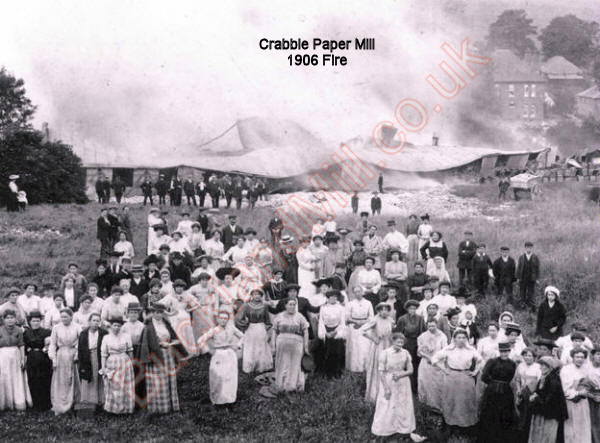
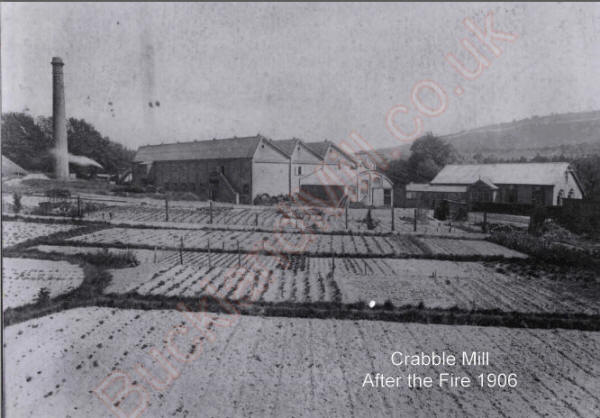
With the introduction of man made fibres into clothing, this caused the contamination of recycled fabrics that would have been sorted as part of the rag preparation at Crabble Mill, these man made fibres were no use for the paper making process at Buckland Mill, and as such the mill moved over to using cotton linters (a by-product from cotton processing) causing there to be no need for rag sorting and preparation at Crabble.
The Crabble site was then used for export packing and some pallet making, that included when reels of paper were packed in wood, known as barrel packing. Some finished pallets of paper and raw materials were also stored on site.
The site was used as for the social activities of the Mill, this included an active social club, bowls club, rifle club and allotments activities.
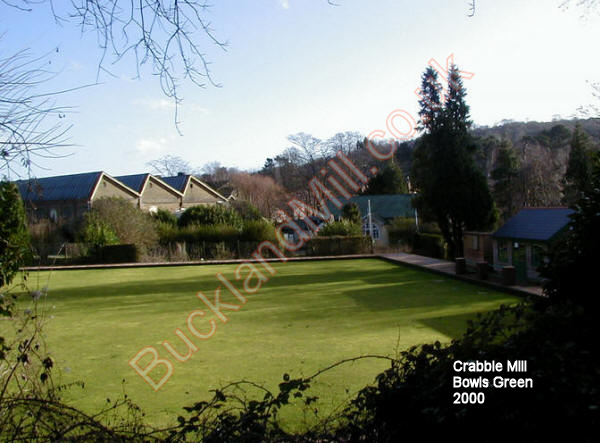
The Crabble site was closed by 2000 and put up for sale in Feb 2000
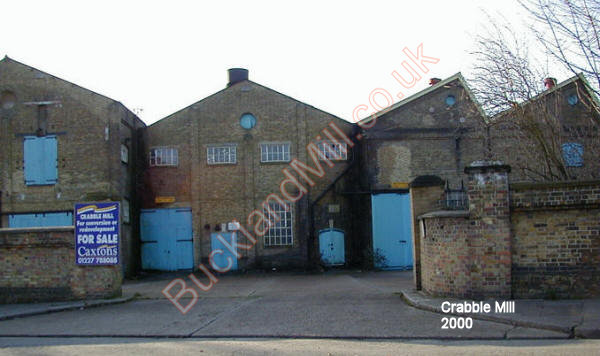
By March 2002 the development of the site for housing, was well under way.
